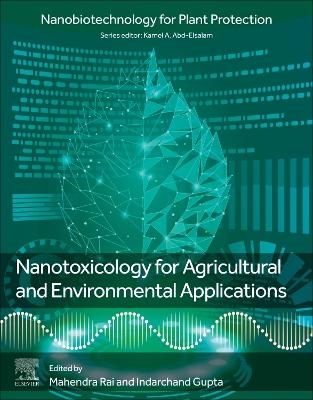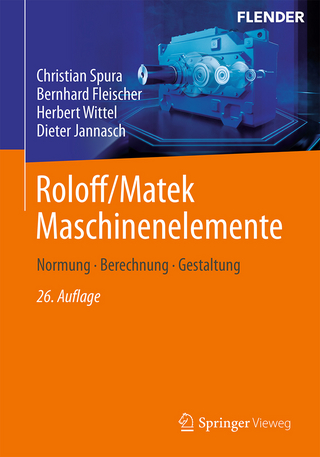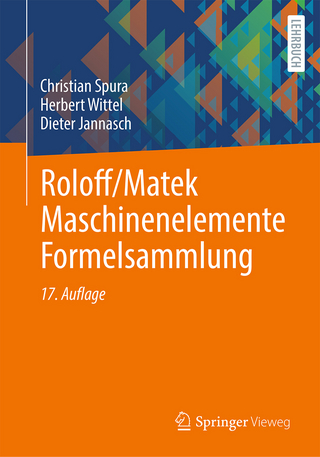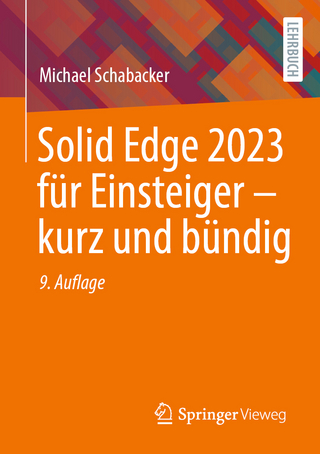
Nanotoxicology for Agricultural and Environmental Applications
Academic Press Inc (Verlag)
978-0-443-15570-3 (ISBN)
Structured into five parts, this book explores nanotoxicity concerning agriculture and food, its impact on the environment, risk management measures for avoiding exposure, and delves into the realm of nanotechnology regulations. Students, practitioners, and researchers working in plant science, agricultural science, nanoscience, and environmental chemistry alike will benefit from this necessary reference.
Professor Mahendra Rai is a UGC-Basic Science Research Faculty Fellow and former head of the Department of Biotechnology, Sant Gadge Baba Amravati University, India. Presently, he is a visiting Scientist at the Department of Microbiology, Nicolaus Copernicus University, Poland. His areas of expertise include microbial biotechnology and nanobiotechnology. Currently, his group’s main research interest is green synthesis of metal nanoparticles particularly using fungi and their applications as nanoantimicrobials against pathogenic microbes. Prof. Rai has received several prestigious awards, including the Medini Award by the Government of India. He has been featured in Stanford’s list of the top 2% of scientists in nanoscience. Dr. Indarchand R. Gupta completed his Masters in the subject of Biotechnology in the year 2004, and Ph.D. in the year 2020 under the supervision of Professor Mahendra Rai at the Department of Biotechnology, Sant Gadge Baba Amravati University, Amravati, India. Presently he is working as Assistant Professor at Government Institute of Science, Aurangabad, India. His area of interest is nano-toxicology and animal cell culture. His study is mainly focused on in vitro cytotoxicity assessment of silver nanoparticles on different animal cell models. He has published over 35 research articles and book chapters. For his research work he has been awarded by ‘ASIO 2016 International Toxicologist Travel Award’ by Association of Scientists of Indian Origin, a regional chapter of Society of Toxicology, USA.
Part 1: Nanotechnology and Regulations
1. Scope of nanotechnology in agriculture and environment
2. Applications of nanotechnology in the environment
3. Regulation of nanomaterials in agriculture, food and the environment
Part 2: Nanotoxicity
4. Factors contributing to nanoparticle toxicity
5. Influence of nanoparticles on plant growth and their entry route into the plants
6. Nanotoxicity evaluation methods and challenges
Part 3: Nanotoxicity to agriculture and food
7. Nanotoxicity to soil ecosystem
8. Toxicological concerns of nanomaterials in crop plants
9. The impact of nanotoxicity on the food system
10. In-vivo and in-vitro toxicity of nanomaterials in animal systems
11. Detoxification by plants
Part 4: Nanotoxicity to environment
12. Biotoxicity and exposure pathways of engineered silver nanoparticles released in the environment
13. Nanotoxicity of agrochemicals to aquatic environment
14. Nanotoxicity to the terrestrial ecosystems
15. Toxicity of nanomaterials released in the air
Part 5: Risk Management Measures to Avoid Exposure
16. Nanomaterial exposure at workplace and societal levels: Workplace standards and occupational risk management
17. Strategies to alleviate nanotoxicity (controlling exposure/ avoiding toxicity)
18. A green nanotechnology approach to nanowaste management: what guarantees can the OECD protocol provide?
19. Fate of Nanofertilizer in Agroecosystem
| Erscheinungsdatum | 05.03.2024 |
|---|---|
| Reihe/Serie | Nanobiotechnology for Plant Protection |
| Verlagsort | San Diego |
| Sprache | englisch |
| Maße | 216 x 276 mm |
| Gewicht | 900 g |
| Themenwelt | Technik ► Maschinenbau |
| Weitere Fachgebiete ► Land- / Forstwirtschaft / Fischerei | |
| ISBN-10 | 0-443-15570-4 / 0443155704 |
| ISBN-13 | 978-0-443-15570-3 / 9780443155703 |
| Zustand | Neuware |
| Informationen gemäß Produktsicherheitsverordnung (GPSR) | |
| Haben Sie eine Frage zum Produkt? |
aus dem Bereich


